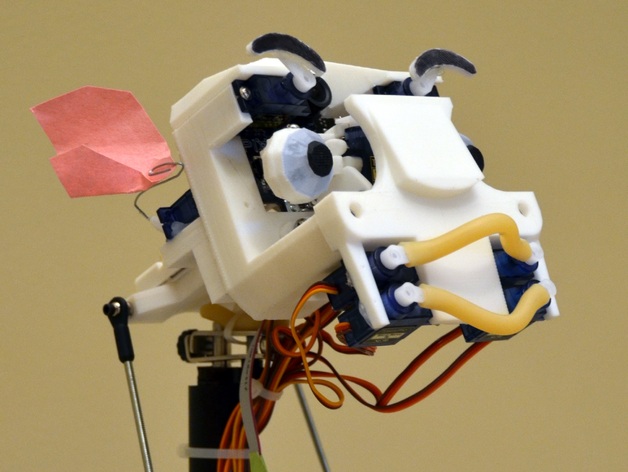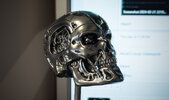ghostman
Well-Known Member
It's not a T-800, but you can download the parts.Working T800 Skull
Not a realistic endoskull though,
Working T800 Skull by JasonOfTheHill
Update 4/14: I'm no longer considering this a work in progress, I've decided to start on a version 2 with a different skull but same eye mech and I want to add in neck movement. I also want the components inside skull to be more accessible, and I'm thinking about moving the computer down to the...www.thingiverse.com
We can download the parts.
It may be a reference for the movement.
View attachment 1792369
It may be a reference for the movement.
Affective Robot Head

Affective Robot Head by cjwu382
https://www.youtube.com/watch?v=5msaeSuAAtUInspired by Kismet from MIT, this project uses a CharmedLabs Pixy CMUcam, an animatronic eye mechanism designed by dasaki: http://www.thingiverse.com/thing:266765, threaded rods with ball-links, a piece of tubing from a discarded standing lamp, 10 9g...
EZ-inMoov Robot Head

EZ-inMoov Robot Head by EZ-Robot
Building on the shoulders of giants, we have remixed the renowned inMoov Head design by Gael Langevin to seamlessly integrate with EZ-Robot products, making it the perfect choice for researchers, educators, and robotics enthusiasts alike.Gael Langevin's design: Thing: 67676You can also find his...




